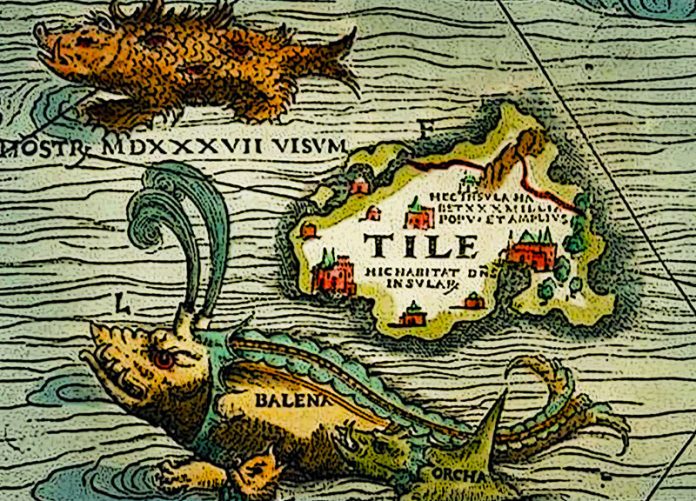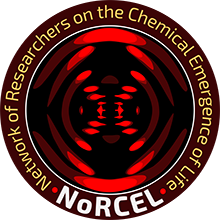Mathematician Alexander Grothendieck, whose work is considered abstract even by mathematical standards, once described two ways of solving problems. The first takes the idea of a problem being a tough nut to crack quite literally:
“…put the cutting edge of the chisel against the shell and strike hard. If needed, begin again at many different points until the shell cracks—and you are satisfied.”
The second method is of a rather different character:
“The unknown thing to be known appeared to me as some stretch of earth or hard marl, resisting penetration. . . the sea advances insensibly in silence, nothing seems to happen, nothing moves, the water is so far off you hardly hear it. . . yet it finally surrounds the resistant substance.”
Philosopher Peter Godfrey-Smith gives another translation, more detailed and poetic, of this passage in his Metazoa: Animal Life and the Birth of the Mind:
“The sea advances insensibly and in silence, nothing seems to happen and nothing is disturbed… but it finally surrounds the stubborn substance, which little by little becomes a peninsula, then an island, then an islet, which itself becomes submerged, as if dissolved by the ocean stretching away as far as the eye can see.”
Working on the perennial problem of mind from the perspective of philosophy of biology, Godfrey-Smith’s interpretation of Grothendieck’s rising sea, first a promontory, transformed into an island, and then eventually submerged, is that, as we build knowledge around a problem, the problem may simply disappear, rather than being resolved in the way that the first method of problem solving seeks to resolve a problem.
What is this rising sea to us? NoRCEL has been collectively working on the Gap Map, which seeks to provide an overview of the whole field of origins of life research in order to identify the gaps that remain in this question of all questions. For while the origins of life is one of the great questions, a perennial question for humanity, now it is also a scientific question, and as a scientific question we want to analyze the complex whole of life into simpler parts, dividing our labour, as it were, but also dividing the problem. Some problems are solved, or nearly solved, while other and harder problems continue to elude us, and remain problems for the next generation of researchers.
The analytical approach of the gap map as I have described it exemplifies Grothendieck’s first method of solving problems, which is something we also see, in an almost literal enactment, in particle physics, in which ever-larger accelerators are constructed in order to strike elementary particles against each other until they crack and the physicist is satisfied. A similar decomposition of life might be understood in the same way, as we strike the origins of the living organism in several different ways until it cracks open and reveals its innermost secrets to us.
One might also call this the explicit approach to problem solving, since this method knows the problem, it wants to solve and focuses in on it until the desired results are obtained and the biologist is satisfied. And this is one way to pursue scientific understanding of the origins of life. But there is also the other method, which is, in a sense, implicit, or perhaps indirect.
As we build knowledge around the gaps in the gap map, we may find that these gaps become smaller over time—an island of the unknown, then an islet, and eventually even the islet of the unknown is inundated and the problem is submerged and disappears without actually being resolved in the way we may intend to resolve it when we explicitly identify the gap as a problem for origins of life research. By this method, the non-gaps are as crucial as the identified gaps, because it is on the sure ground of the non-gaps that we build further extensions of our knowledge that may eventually surround and subsume the gaps.



